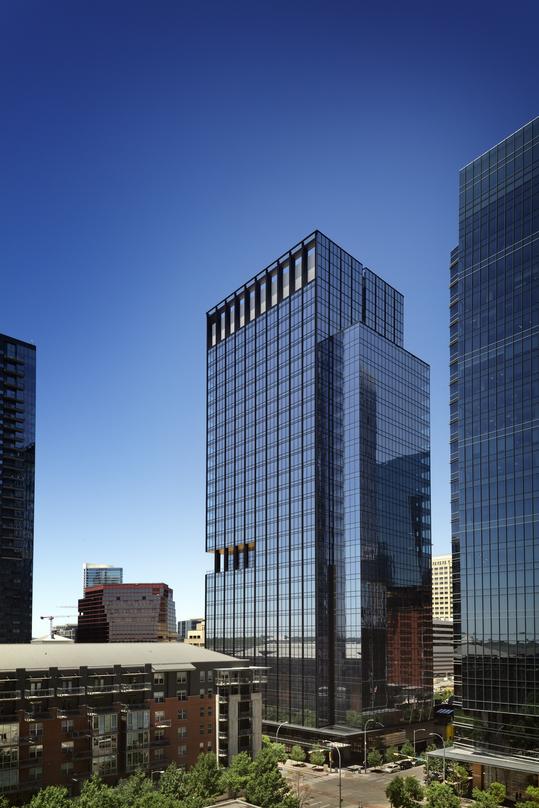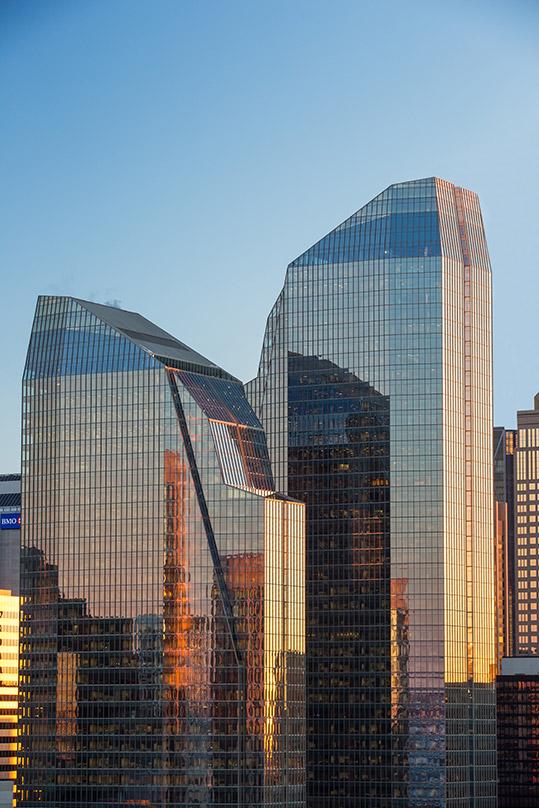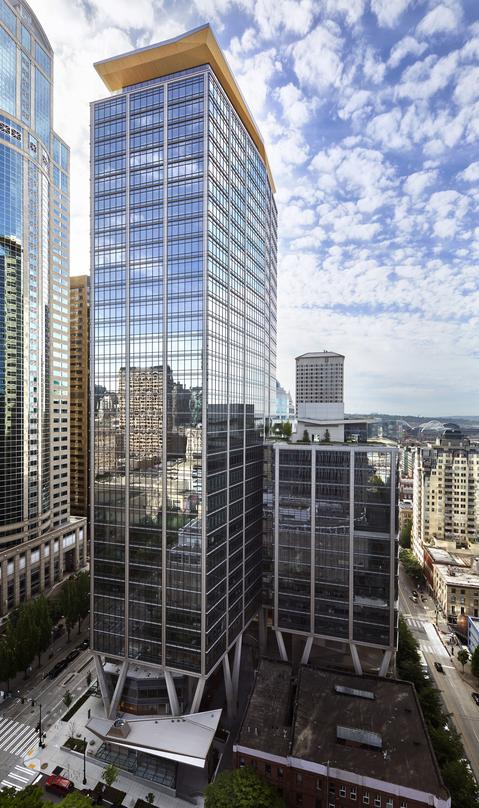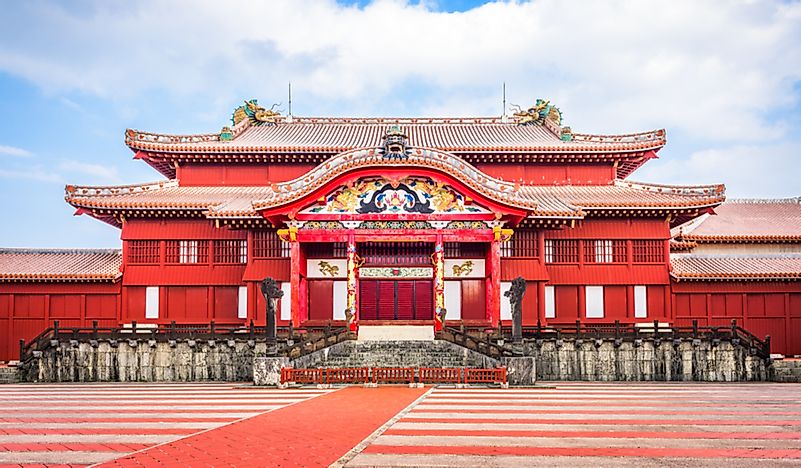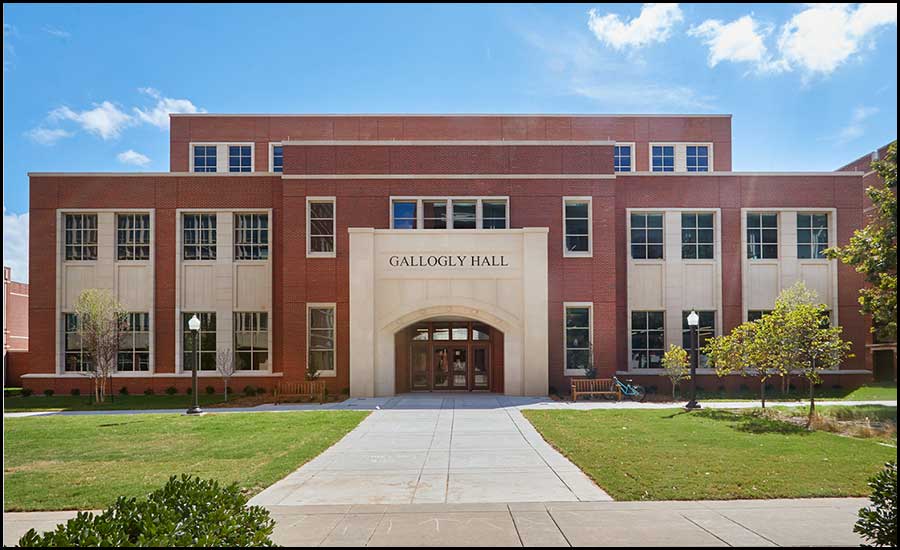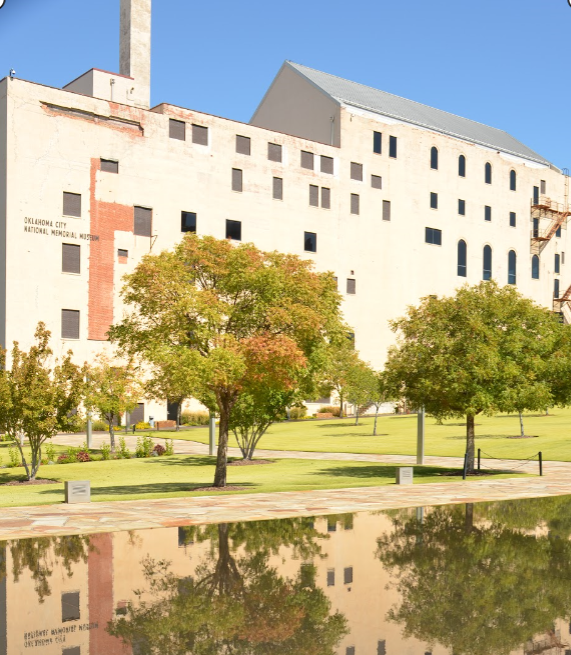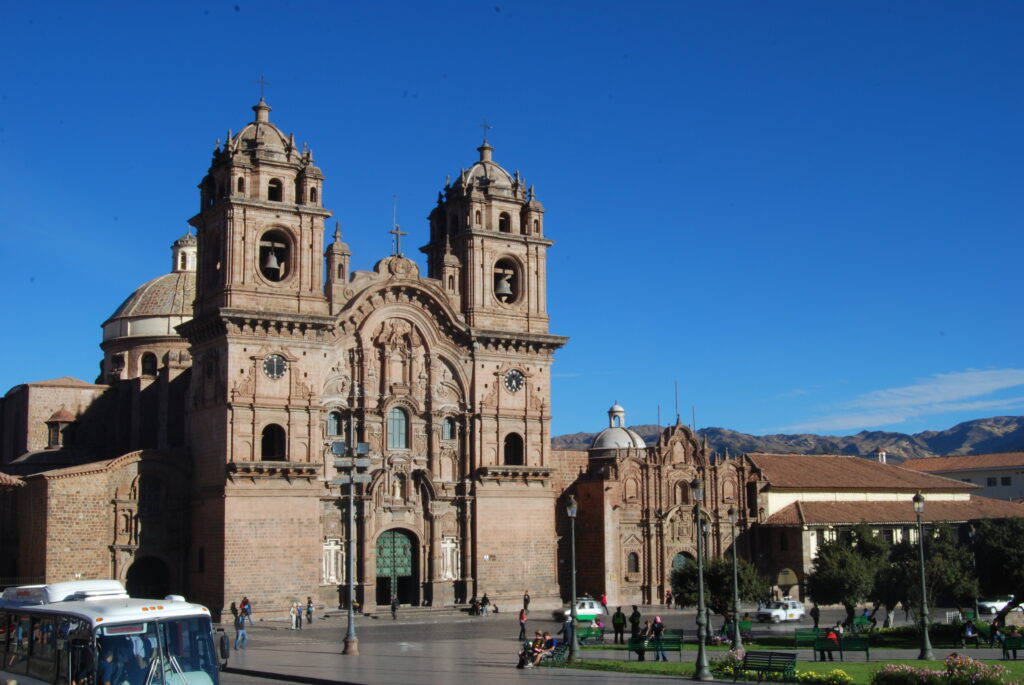300 Colorado is a 390,000 SF Multi-Use Commercial Building in Austin, Texas. Pickard Chilton is proud of this Class A Tower because its the first building constructed by Pickard Chilton in Austin. According to Pickard Chilton’s project list, 300 Colorado implements a “high-performance curtain wall” and has a design plan that “promotes wellness and offers abundant natural light, fresh air and dramatic views of Ladybird Lake.” To start, the curtain wall is an interesting aspect to billet for this building. This will increase the thermal efficiency of the building and is a great aspect to have, yet normally thermal efficiency is substandard to aesthetics and fancy facades. I like how they combined the two and provided an aesthetically pleasing exterior that is also functional in performance. Second, Indoor Environmental Quality (IEQ) has recently been a spotlight issue for many Mechanical and Electrical Professionals(MEP). ASHRAE Standards are used to dictate the minimums for air quality, temperature, and humidity inside common occupied and unoccupied spaces. With a focus on natural light and fresh air flow, 300 Colorado takes that standard and goes above. I love to see a building that takes the time needed to really get a solid IEQ plan. Finally, you have to stop and see what the people are saying about it. Towers, a local news agency in Austin, describes a scene where the consumer was worried this building would be just “another glass box”. The article goes on to reassure readers that this will be avoided with a state-of-the-art curtain wall and glossy steel façade that Austin will love. This seems to be accurate as now the that the building is erected, I can see how it is so much more than a glass box. Pickard Chilton always seems to surprise me by literally thinking out the proverbial box and getting the best product for their clients. I definitely approve.
Information From:
300 Colorado. (2021). Retrieved 12 November 2021. https://www.pickardchilton.com/work/300-colorado
Rambin, J. (2021). Retrieved 12 November 2021. Say ‘Howdy’ to 300 Colorado, Topped Out at 32 Floors in Downtown Austin. https://austin.towers.net/say-howdy-to-300-colorado-topped-out-at-32-floors-in-downtown-austin/
